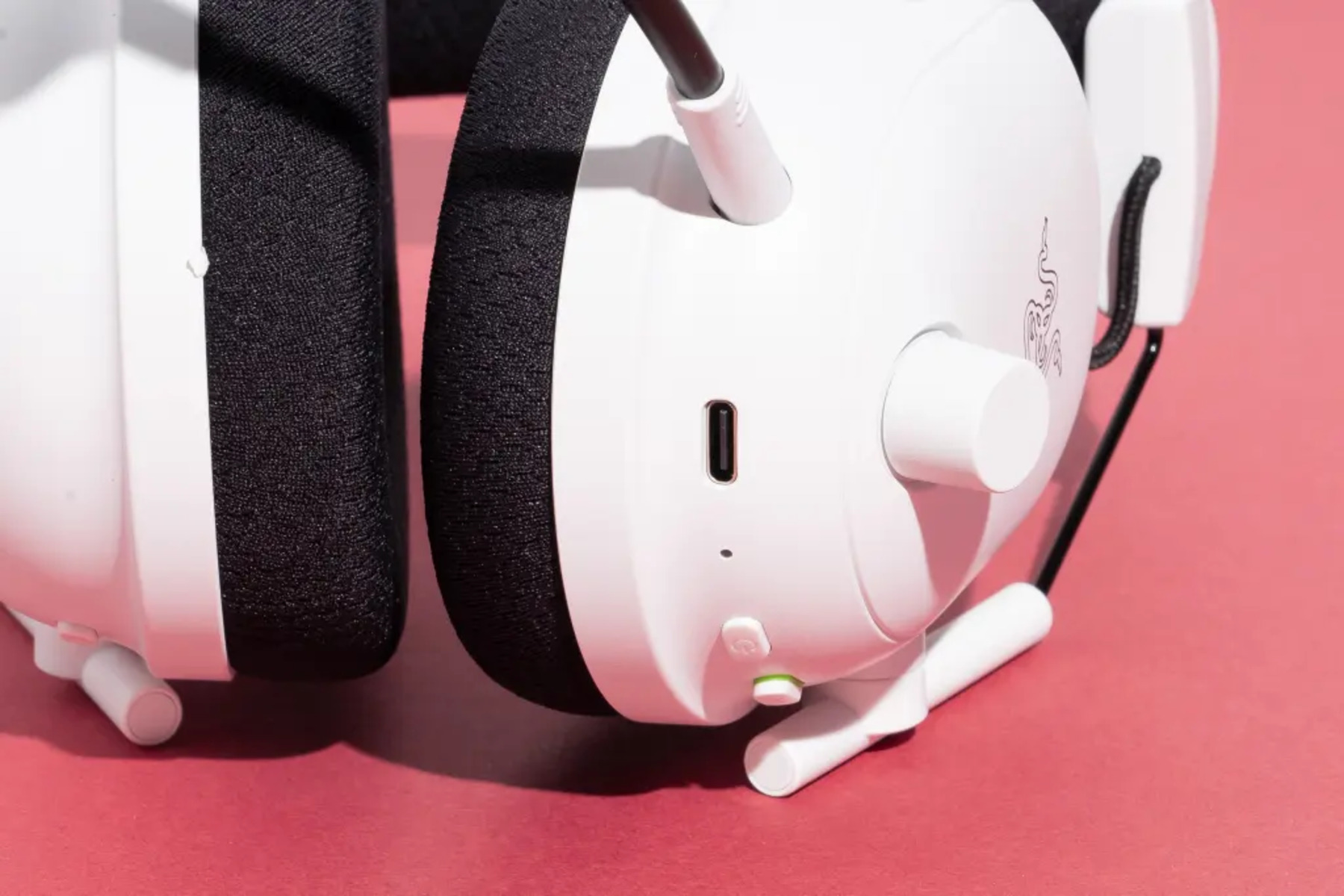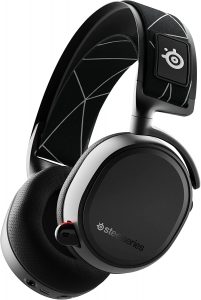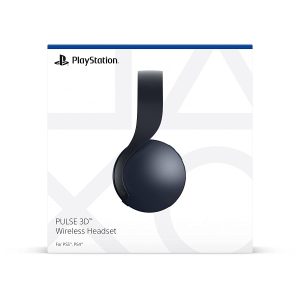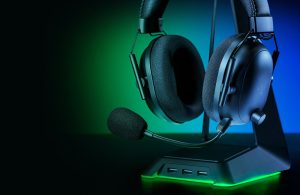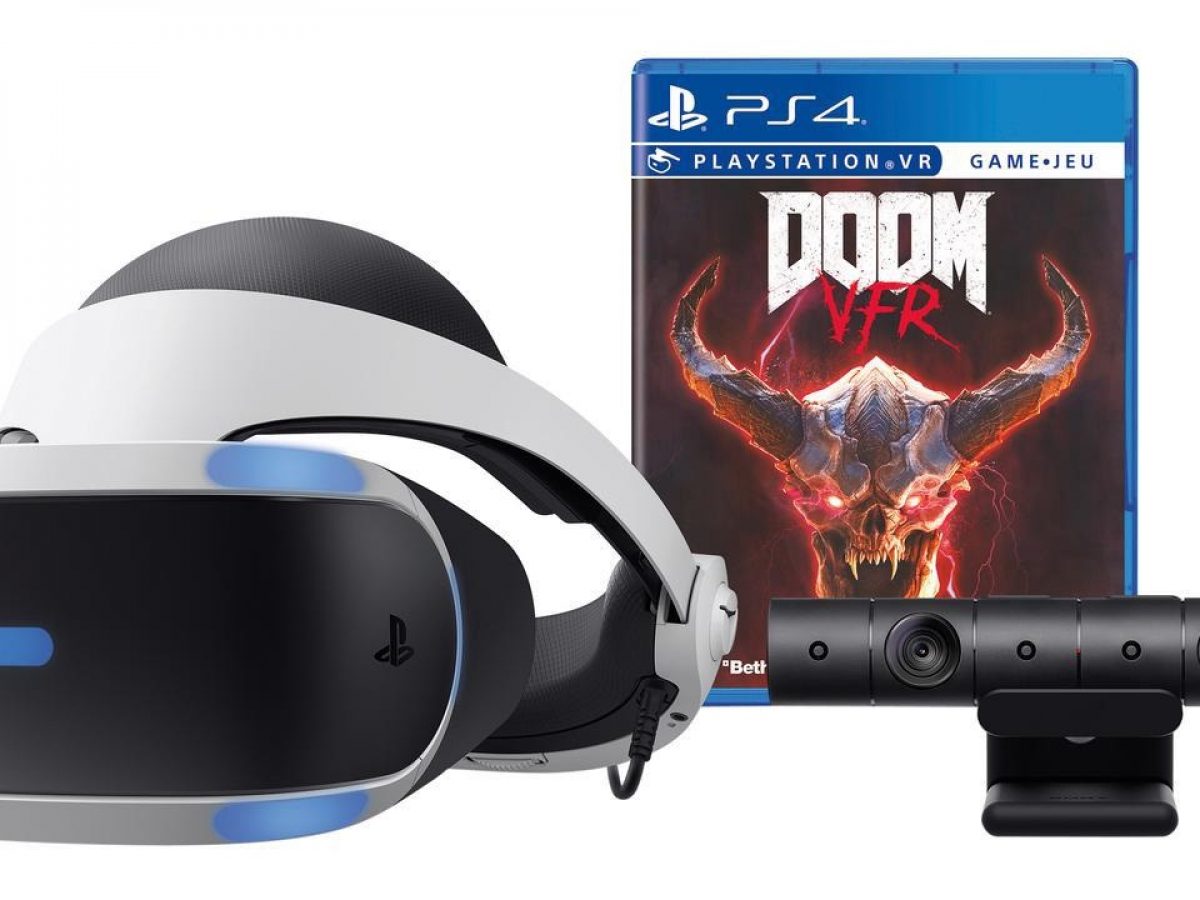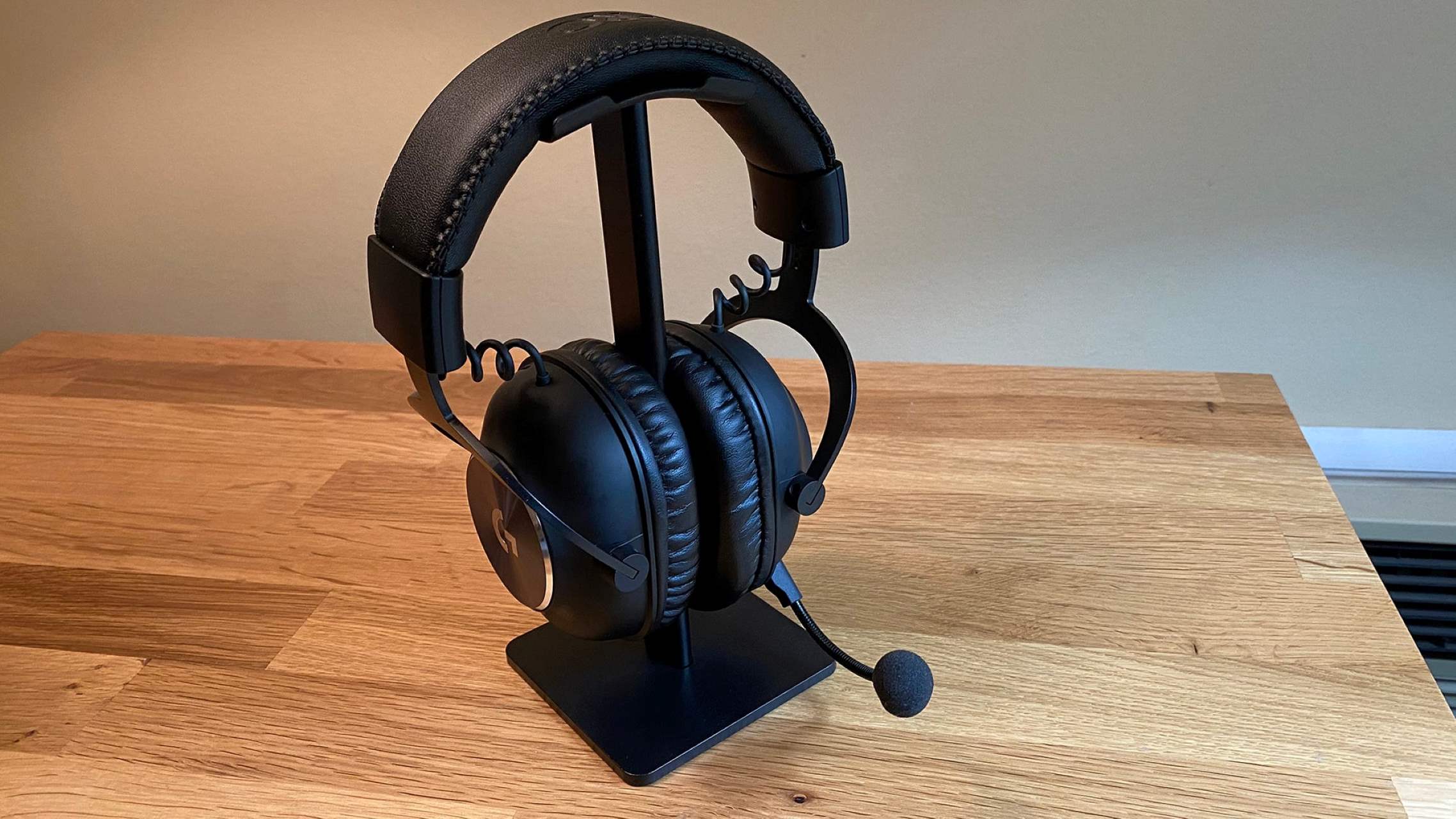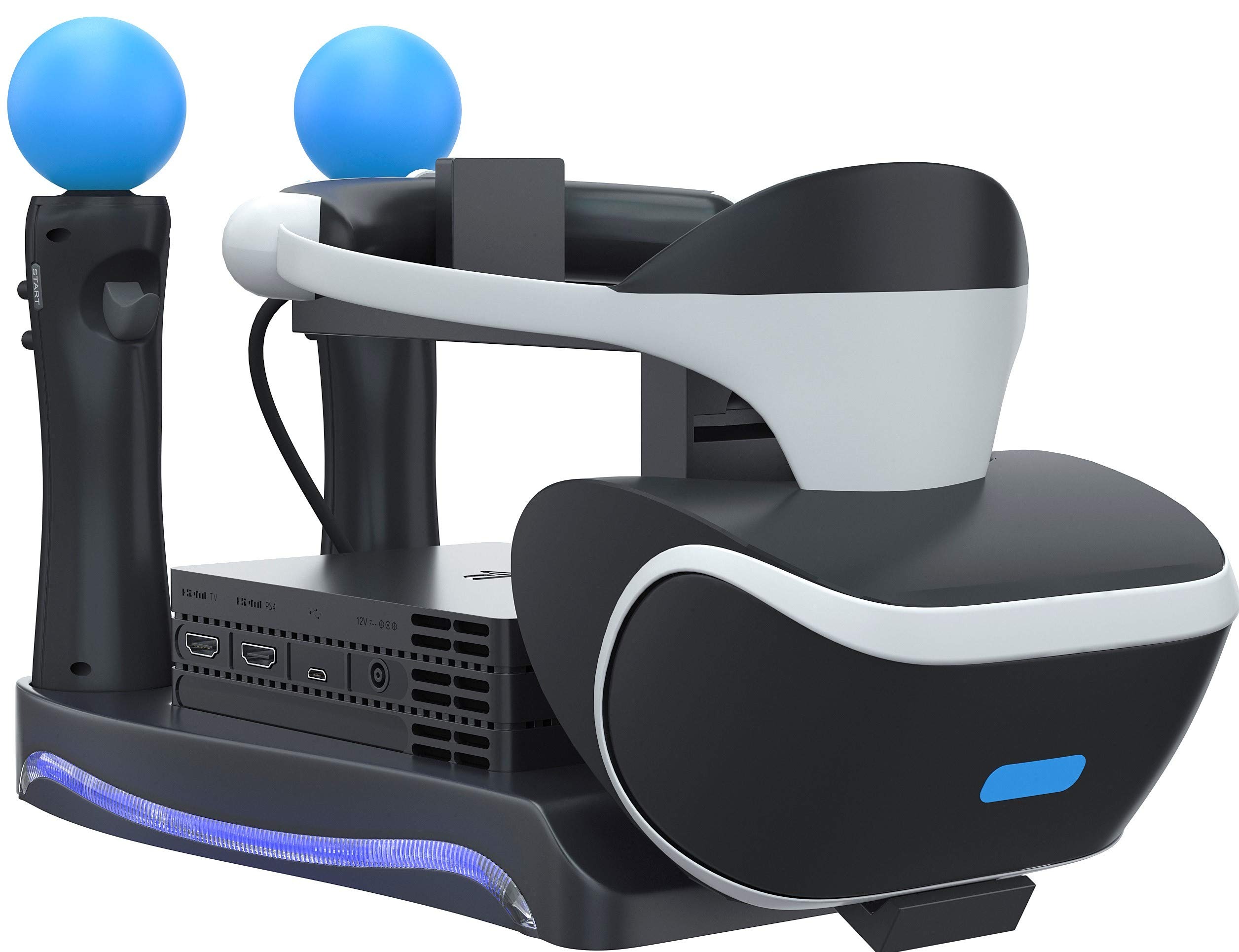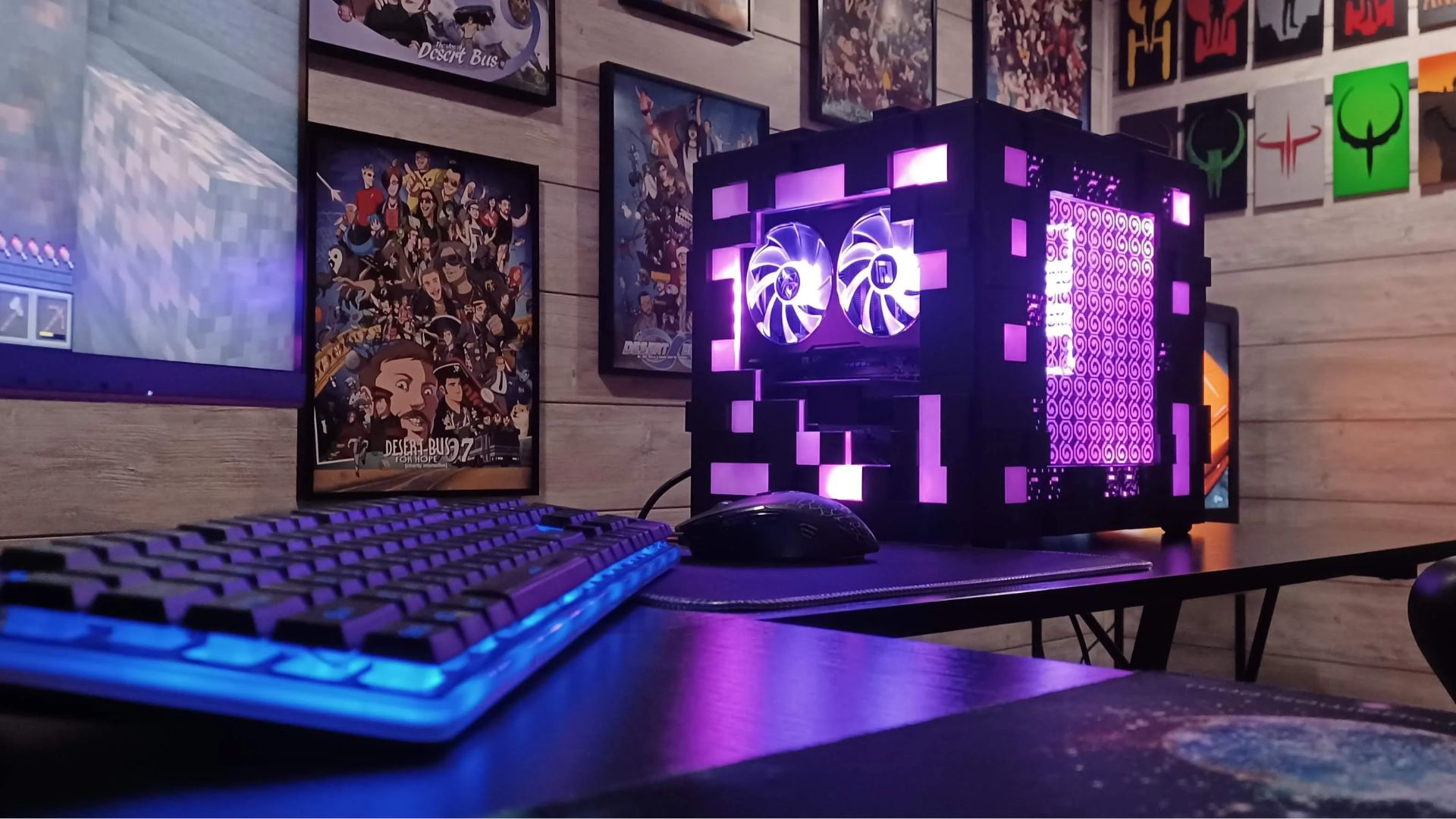Introduction
Understanding the Power Consumption of Gaming Headsets
Welcome to the immersive world of gaming, where every detail matters, from the graphics on your screen to the sound quality resonating in your ears. As a dedicated gamer, you’re likely aware of the importance of investing in a high-quality gaming headset to elevate your gaming experience. However, have you ever considered the power consumption of your gaming headset?
Power consumption is a critical aspect of any electronic device, including gaming headsets. Understanding how much power your gaming headset uses can provide valuable insights into its efficiency, performance, and impact on your overall gaming setup. In this article, we’ll delve into the intricacies of power consumption in gaming headsets, exploring the factors that influence it and providing practical tips for optimizing power usage without compromising the audio quality.
Whether you’re a casual gamer or a competitive esports enthusiast, gaining a deeper understanding of power consumption in gaming headsets can empower you to make informed decisions when selecting and using these essential peripherals. So, let’s embark on a journey to unravel the mysteries of power consumption in gaming headsets and discover how you can maximize their performance while minimizing their energy footprint.
What is Power Consumption?
Before delving into the specifics of power consumption in gaming headsets, it’s essential to grasp the concept of power consumption itself. In simple terms, power consumption refers to the amount of electrical power that a device utilizes to perform its functions. This power is typically measured in watts and is indicative of the rate at which energy is consumed by the device.
For gaming headsets, power consumption encompasses the electrical energy required to drive the headset’s audio components, including the drivers, amplifiers, and any additional features such as active noise cancellation or LED lighting. The power consumed by a gaming headset directly influences its performance, audio quality, and the strain it places on the power source, whether it’s a console, PC, or mobile device.
Understanding power consumption is crucial for several reasons. Firstly, it allows consumers to assess the energy efficiency of a gaming headset, enabling them to make environmentally conscious choices and potentially reduce their electricity costs. Moreover, knowledge of power consumption can aid in optimizing the overall power usage of gaming setups, especially for individuals with multiple energy-intensive peripherals.
Furthermore, power consumption directly ties into the concept of sustainability and eco-friendliness. As the gaming industry continues to evolve, there is a growing emphasis on developing energy-efficient gaming accessories, including headsets, to minimize the environmental impact without compromising performance. By comprehending the power consumption of gaming headsets, consumers can align their purchasing decisions with their sustainability goals, supporting the development and adoption of greener technologies.
Overall, power consumption serves as a fundamental metric for evaluating the energy dynamics of electronic devices, shedding light on their operational requirements and environmental implications. In the context of gaming headsets, a nuanced understanding of power consumption paves the way for informed decision-making, enhanced energy efficiency, and a more sustainable gaming experience.
Power Consumption of Gaming Headsets
When it comes to gaming headsets, power consumption plays a pivotal role in shaping the user experience and influencing the overall energy footprint of gaming setups. The power consumption of a gaming headset is primarily determined by the electrical energy required to drive its audio components and any additional features, such as built-in microphones, RGB lighting, or advanced audio processing technologies.
Most gaming headsets are designed to operate within a moderate power range, typically ranging from 0.5 watts to 1.5 watts, depending on the specific model and its features. This relatively low power consumption is a testament to the efficiency of modern headset designs, which prioritize audio performance while minimizing energy usage. However, it’s important to note that certain high-end gaming headsets with advanced audio processing capabilities or active noise cancellation may have slightly higher power requirements.
One of the key factors influencing the power consumption of gaming headsets is the type of transducer technology used for audio reproduction. Headsets equipped with dynamic drivers, which are the most common transducer type, generally exhibit modest power requirements while delivering robust audio output. In contrast, headsets utilizing planar magnetic or electrostatic drivers may have slightly higher power demands due to their unique driver designs and amplification requirements.
Additionally, the inclusion of features such as LED lighting, haptic feedback, and onboard audio processing units can contribute to increased power consumption. While these features enhance the gaming experience, they also necessitate additional electrical power, impacting the overall energy usage of the headset.
Understanding the power consumption of gaming headsets is essential for users seeking to optimize their gaming setups for energy efficiency. By evaluating the power requirements of different headset models and features, gamers can make informed choices that align with their energy conservation goals without sacrificing audio quality or immersive gaming experiences.
As the gaming industry continues to prioritize sustainability and eco-friendly practices, manufacturers are increasingly focusing on developing energy-efficient gaming peripherals, including headsets. This commitment to energy efficiency not only benefits consumers by reducing electricity costs but also contributes to a more sustainable gaming ecosystem, aligning with global initiatives to minimize the environmental impact of electronic devices.
Factors Affecting Power Consumption
Several factors contribute to the power consumption of gaming headsets, influencing the energy requirements and operational efficiency of these essential gaming peripherals. By understanding the key determinants of power consumption, gamers can make informed decisions when selecting and using gaming headsets, optimizing their energy usage while maximizing audio performance.
- Transducer Technology: The type of transducer technology used in a gaming headset significantly impacts its power consumption. Headsets employing dynamic drivers, which are the most prevalent transducer type, typically exhibit modest power requirements while delivering impactful audio output. In contrast, headsets utilizing planar magnetic or electrostatic drivers may have slightly higher power demands due to their unique driver designs and amplification requirements.
- Additional Features: The inclusion of supplementary features in gaming headsets, such as LED lighting, active noise cancellation, haptic feedback, and onboard audio processing units, can contribute to increased power consumption. While these features enhance the overall gaming experience, they also necessitate additional electrical power, influencing the headset’s energy usage.
- Amplification: The amplification stage in a gaming headset, responsible for boosting the audio signal to drive the transducers, plays a crucial role in power consumption. Headsets with more powerful amplifiers or those designed to deliver high-fidelity audio may have higher power requirements to support their audio output capabilities.
- Audio Processing: Advanced audio processing technologies integrated into gaming headsets, such as virtual surround sound, customized EQ profiles, and active sound enhancement algorithms, can impact power consumption. These processing units require electrical power to execute complex audio algorithms, potentially influencing the overall energy usage of the headset.
- Usage Patterns: The usage patterns and intensity of a gaming headset can also affect its power consumption. Extended gaming sessions, particularly in scenarios where the headset’s features are consistently utilized, may result in higher energy usage compared to intermittent or casual usage.
By considering these factors, gamers can gain a comprehensive understanding of the elements that contribute to the power consumption of gaming headsets. This knowledge empowers users to evaluate the energy dynamics of different headset models, make informed purchasing decisions, and implement energy-efficient practices to optimize their gaming experiences.
Tips for Reducing Power Consumption
Optimizing the power consumption of gaming headsets is not only beneficial for reducing energy costs but also aligns with sustainable gaming practices. By implementing energy-efficient strategies, gamers can minimize their environmental impact while enjoying immersive gaming experiences. Here are some practical tips for reducing the power consumption of gaming headsets:
- Choose Energy-Efficient Models: When selecting a gaming headset, consider models that prioritize energy efficiency without compromising audio quality. Look for headsets with moderate power requirements and efficient audio components, as well as eco-friendly design features.
- Disable Unnecessary Features: Many gaming headsets come equipped with additional features such as LED lighting, active noise cancellation, and audio processing modes. Disabling these features when not in use can significantly reduce power consumption without sacrificing core audio performance.
- Optimize Amplification: Adjust the amplifier settings on your gaming headset to optimize power usage without compromising audio output. Fine-tuning the amplification levels based on your gaming environment and audio preferences can contribute to energy savings.
- Implement Power Management: If your gaming headset is connected to a device with power management settings, such as a PC or console, utilize these features to regulate the energy usage of the headset during idle periods or low-volume scenarios.
- Limit Continuous Usage: When not actively engaged in gaming or audio-intensive activities, consider turning off your gaming headset to conserve power. Avoid leaving the headset powered on unnecessarily, especially during extended periods of inactivity.
- Explore Eco-Friendly Accessories: Investigate accessories and peripherals designed to complement energy-efficient gaming setups. Look for eco-friendly charging solutions, power-saving audio adapters, and sustainable gaming accessories to create a holistic energy-conscious gaming environment.
By incorporating these tips into your gaming routine, you can proactively reduce the power consumption of your gaming headset while contributing to a more sustainable gaming ecosystem. Embracing energy-efficient practices not only benefits the environment but also fosters a conscientious approach to gaming that prioritizes efficiency and eco-friendliness.
Conclusion
As the gaming industry continues to evolve, the power consumption of gaming headsets has emerged as a significant consideration for both consumers and manufacturers. Understanding the intricacies of power consumption in gaming headsets is essential for optimizing energy usage, enhancing sustainability, and fostering a more conscientious approach to gaming peripherals.
By delving into the nuances of power consumption, gamers can make informed decisions when selecting gaming headsets, prioritizing energy-efficient models and implementing strategies to reduce power usage without compromising audio quality. From choosing energy-conscious features to exploring eco-friendly accessories, there are numerous avenues for minimizing the environmental impact of gaming headsets while maximizing their immersive capabilities.
Furthermore, the emphasis on energy efficiency in gaming peripherals aligns with broader initiatives to promote sustainability within the gaming community. Manufacturers are increasingly prioritizing the development of energy-efficient gaming accessories, including headsets, to minimize the environmental footprint of gaming setups and support eco-friendly gaming practices.
As gamers embrace the principles of energy consciousness and sustainability, they contribute to a more environmentally responsible gaming landscape, where immersive experiences coexist with eco-friendly practices. By integrating energy-efficient strategies and fostering a culture of sustainability, gamers can enjoy the best of both worlds – unparalleled gaming experiences and a commitment to minimizing energy consumption.
In conclusion, the power consumption of gaming headsets transcends mere technical specifications; it embodies a collective endeavor to harmonize gaming innovation with environmental stewardship. Through informed choices, energy-conscious practices, and a shared commitment to sustainability, gamers can shape a future where gaming headsets deliver exceptional audio performance while treading lightly on the planet.







